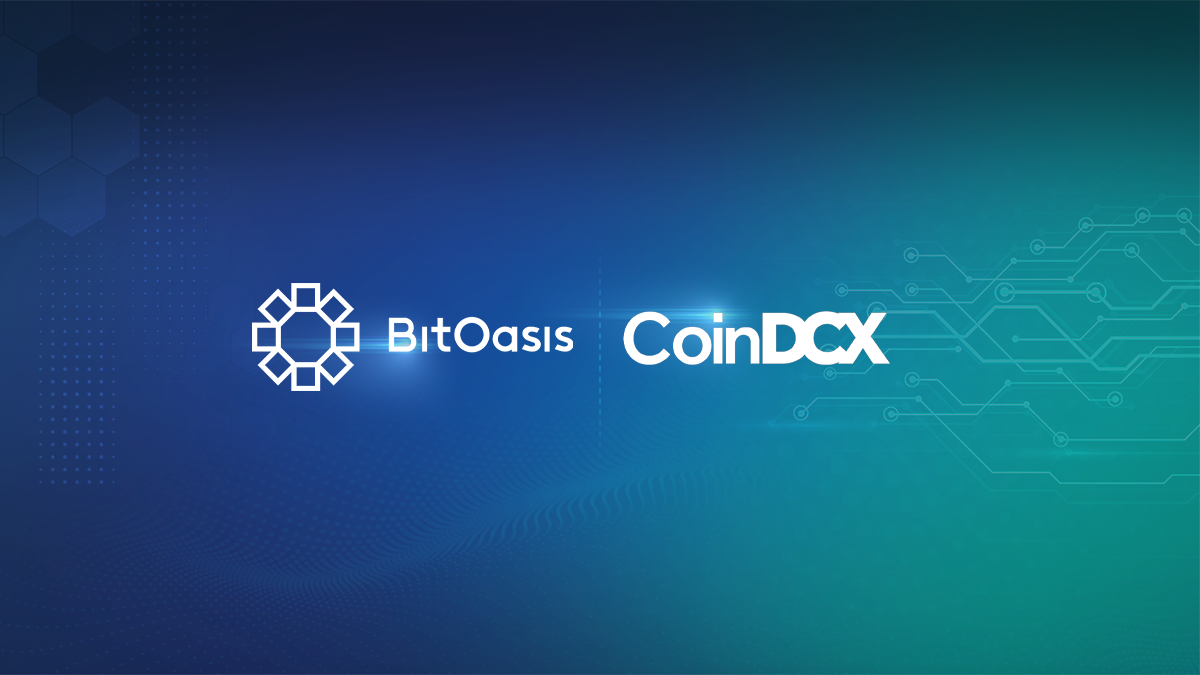Ethereum 2.0 is nearly upon us; scheduled to launch by Q3 this year, Ethereum 2.0 will mark the change from a proof-of-work consensus that is miner-reliant, to a proof-of-stake (POS) consensus algorithm. The POS algorithm would mean that miners would no longer be required to verify transactions and mine blocks; this would be carried out by users, or stakers, on the blockchain.
Investors world-over are highly anticipating the launch of Ethereum 2.0. This is shown by three major metrics:
- Surging activity,
- Increased demand for ETH,
- A rise in the number of addresses, which we will look at below.
Ethereum 2.0 Explained
Ethereum 2.0 is essentially a new network that will run alongside the existing Ethereum network.
The new network will run with a new scaling solution called sharding. Sharding will divide the network into different shards or portions, each with the ability to process data by itself.
Having different sections will allow data processing to be carried out much faster. Additionally, it will allow node operators to verify data on a particular shard or shards instead of the whole blockchain.
What exactly is POS, and why is Ethereum implementing it?
Proof-of-stake (POS) allows users who have a stake of network tokens to earn rewards for validating blocks. This is different from Bitcoin’s proof-of-work (POW) algorithm, that rewards miners based on their contributed computing power.
If a user agrees to stake their tokens, these tokens will be locked in order to participate in blockchain operations. There are many factors that go into determining if a user is applicable to validate blocks (in addition to the value of their stake, and the time the stake has been locked for, among others).
Switching from the POW to the POS algorithm has been proven to be more energy-efficient; Ethereum is seeking this new algorithm to allow them to decentralize and speed up their network. The implementation of sharding will further allow faster throughput in Ethereum 2.0.
Staking on Ethereum 2.0
In order to stake on Ethereum 2.0, a user would need the following criteria:
- Minimum 32 ETH
- A Validator Node that is consistently online
The returns are expected to be anywhere between 4% and 10%.
Is there a benefit to staking?
One obvious benefit to staking would be the opportunity to generate passive income just from holding a certain token. Staking also allows users to become an active part of blockchain projects.
On the other side, if the token experiences a market crash, the tokens that are meant for staking would be locked up. This means that they would not be able to liquidate the tokens to mitigate losses.
If the market faces a downturn, the fact that the tokens are locked could mean that the rewards from staking would not be enough to cover the token’s reduced value due to the market downturn.
Major Metrics Surrounding Ethereum 2.0
In the first quarter of 2018, when the price of ETH hit its record high of $1,400, there were less than 10 million Ethereum addresses. Despite the steady decline in the price of ETH since 2018, the number of Ethereum addresses has increased by a whopping 350%. There are now roughly 40 million Ethereum addresses world-over. This increase is an indicator that the market is more distributed; it also might indicate that investors are looking to buy ETH prior to the release of Ethereum 2.0 in order to stake the tokens. 2019 saw huge advances in Decentralized Apps (DApps) around sports and gaming, among other popular DApps segments. The gaming segment remained the most popular, showing a 7% growth in titles in the first quarter of 2020.
The possibility of staking rewards has led to a greater demand for ETH in the past few months. ETH, second in value to Bitcoin (BTC), saw a price gain of over 80% in the past two months, from mid-March.
Ethereum Gas
Gas is the token used to power Ethereum. It also saw a rise in user activity, reaching its record high this month. Daily consumption of Gas reached 61 billion in the third week of May, double what it was in January 2019.
Decentralized Apps (Dapps)
The continued attraction towards DApps by developers is another important factor to consider. As long as Ethereum can hold its DApps market leader position and continue building its DApps marketplace, especially maintaining its dominant hold in the gaming space, 2020 could be a very significant year for Ethereum.
Attention needs to be paid to the sports and gaming segments as well as decentralized finance (DeFi), especially as the long-awaited Ethereum 2.0 release launch looms closer.
The record-high consumption of Gas, the price surge of ETH, and the increased activity around DApps all show a healthy upward trend for ETH.
While it is still early to predict what would happen post-Ethereum 2.0 launch, as long as the usage of the Ethereum network continues to remain high, the transition of the network to the new PoS algorithm should be a smooth one.
About BitOasis
BitOasis is the largest, most secure, and most liquid digital asset exchange in the Middle East and North Africa (MENA) region, offering over ten (10) digital assets to buy, sell and trade against the UAE Dirham (AED). The BitOasis platform is available to users in the United Arab Emirates (UAE), Saudi Arabia, Bahrain, Kuwait, Oman, Jordan, Egypt and Morocco.
Keep track of all news and updates on our Blog and follow us on our Twitter, Facebook, Telegram, Medium as well as Reddit accounts for the latest updates.








